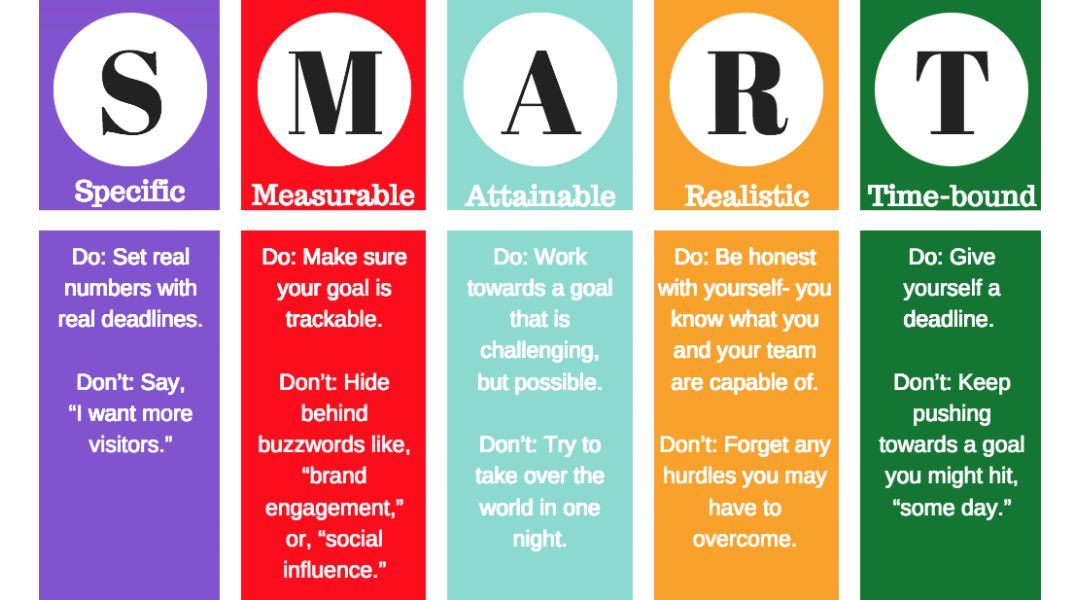
I’ve worked with small businesses long enough to know that online promotion can feel like riding a bike—on a freeway. It’s fast, chaotic, and easy to wipe out if you’re not paying attention.
The good news? It doesn’t have to be overwhelming. You aren’t required to throw money around or be visible on every single platform. What truly matters is having a strategy that’s built around real priorities and consistent effort.
Here’s what you’ll pick up from this guide:
- How I help small businesses define results-focused goals
- The method I use to identify target customers
- Why a solid web presence is more than “just a site”
- My content process that earns trust, not just clicks
- How smart ad spending beats big budgets
- My favorite email tactics that people actually read
- Metrics worth tracking (and a few to ignore)
Let’s break it down into clear steps.
Step 1: Set the Right Goals

Early in my career, I kept hearing this: “We want more clicks.” Okay, sure—but what happens after that?
Clicks aren’t results. That’s why I begin by helping clients define practical, measurable objectives. Are you looking to book more consultations? Build an email list? Sell through your site? Be specific.
I rely on the SMART method: Specific, Measurable, Achievable, Relevant, and Time-based. It turns vague intentions into trackable results—and keeps your efforts focused on real outcomes.
Want to see how goal setting fits into broader strategy? Check out my marketing strategies article.
Step 2: Know Your People
Let’s be honest—saying your offer is “for everyone” is usually a sign you haven’t thought it through.
Instead, I ask: who benefits the most from what you’re selling? Where do they spend time online? What challenges are they trying to solve?
I build buyer profiles using data from tools like Facebook Insights, Google Analytics, and quick feedback forms. Once you know who you’re speaking to, your messaging becomes sharper, your costs drop, and engagement improves.
Step 3: Make Your Website Work for You

Before diving into ads or content, check your foundation. Is your website fast? Mobile-friendly? Easy to navigate?
You’d be surprised how many solid campaigns flop because the landing page loads like it’s 2003.
Here’s what I check first:
- Speed (aim for under three seconds)
- Simple navigation
- Clear calls-to-action
- Mobile responsiveness
- No broken links
Don’t forget to claim and update your Google Business Profile—it’s free visibility and helps with map searches. If you’re refining your web presence, my guide for small enterprises can help.
Step 4: Create Content That Earns Attention
A lot of small business content reads like a flyer. That’s not what your audience wants. They want useful, relevant info—and ideally, a little personality.
Here’s my approach:
- Stick to a schedule you can maintain
- Answer actual customer questions
- Use formats that fit (video, blog, social)
- Repurpose instead of reinventing
You’re not writing a novel. Speak clearly. Be helpful. If you’re looking for direction, my 2025 strategy guide lays out where content is headed.
Step 5: Be Smart with Ad Spend
Let’s talk paid promotion. It’s tempting to think you have to spend thousands to see results. That’s rarely true.
In fact, I’ve helped clients get solid returns with modest budgets—as long as the targeting is right and the creative speaks directly to the audience.
I start with platforms like Google Ads and Facebook because they offer excellent targeting and easy tracking. Avoid the trap of just “boosting” posts without a plan. That’s like throwing darts in the dark.
Want more tested strategies? You’ll find some in my article on effective ad tactics.
Step 6: Emails That Don’t Get Ignored
Despite being one of the oldest tools in the digital toolbox, email still delivers strong results—if it’s done well.
That means avoiding generic blasts. Focus on personalization and relevance. Here’s my playbook:
- Collect emails through valuable opt-ins
- Segment your audience
- Set up simple automation flows
- Keep copy friendly, useful, and concise
And please, no “Dear customer” intros. You’re not writing a bank statement.
Step 7: Measure What Matters

I’m a big fan of keeping things measurable—but not just for the sake of charts and graphs. You want to know what’s working and what’s wasting your time.
These are the metrics I track most often:
- Website visitors (trending, not just totals)
- Conversion rates
- Cost per lead or sale
- Email opens and clicks
- Return on ad spend
You don’t need to go overboard with analytics. Start with the basics. Let the data guide your tweaks.
Common Pitfalls I’ve Seen (and Fixed)
Some errors come up again and again. Here are a few that have haunted otherwise solid campaigns:
- Sending ad traffic to a homepage with no clear next step
- Ignoring mobile users entirely
- Posting daily on social platforms with zero engagement strategy
- Failing to follow up with warm leads
- Not testing ad visuals or headlines
I once had a client whose CTA button was white. On a white background. I’ll let you imagine how well that performed.
If you’re comparing approaches, this article on digital vs. traditional ads gives a good side-by-side breakdown.
Final Thoughts
If there’s one thing I’ve learned, it’s this: success doesn’t come from being everywhere. It comes from showing up in the right places, with the right message, for the right people.
Start small. Keep it simple. Test and refine.
Whether you’re trying to build awareness, attract leads, or make sales, a thoughtful plan backed by consistent action always outperforms random activity.
For more ideas, examples, and how-to advice, feel free to explore the rest of my blog. No fluff—just real strategies that work.
Let’s build something great together.
